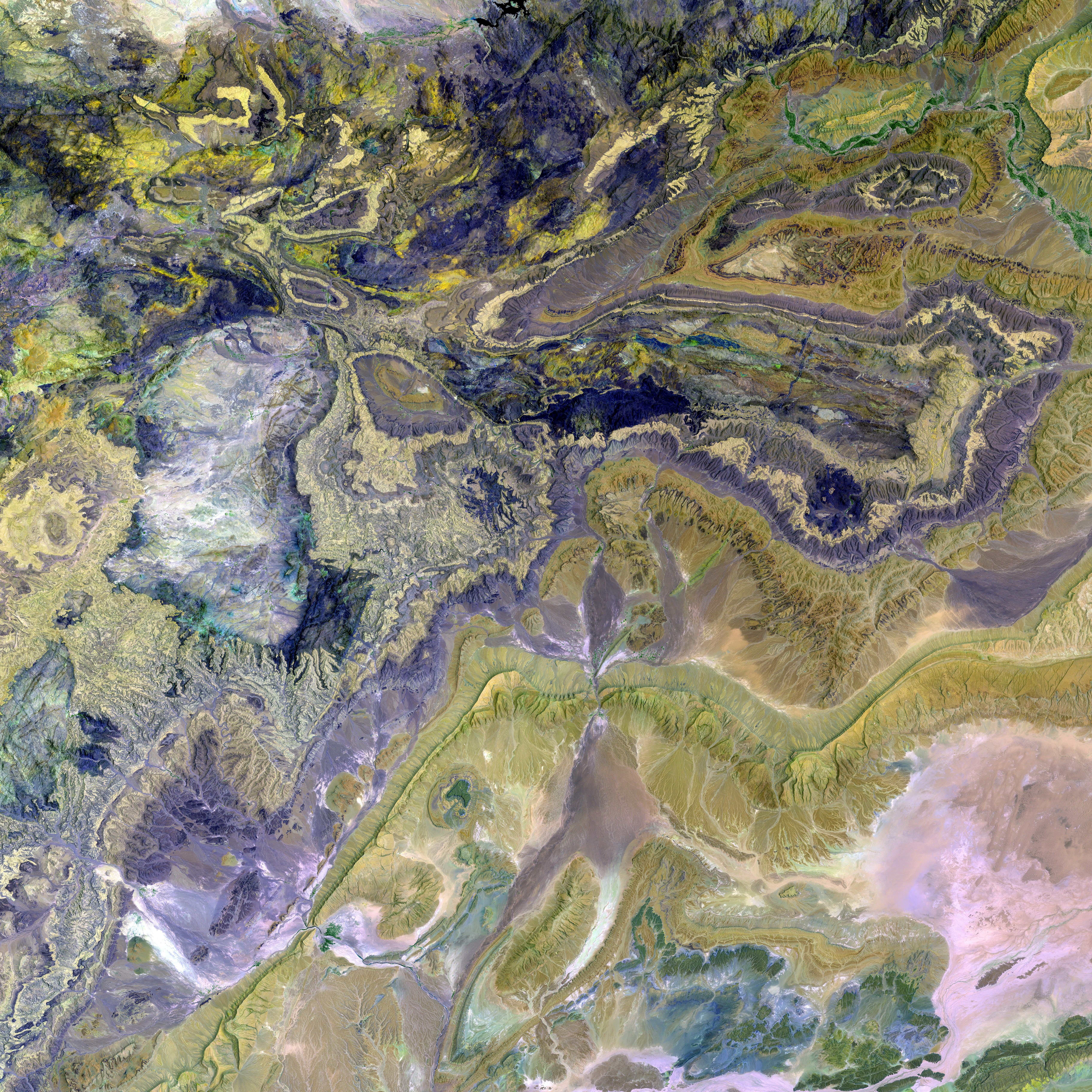Rapid and severe rosacea onset: Discover causes, indicators, and remedies
Rosacea Fulminans: An Uncommon, Severe Skin Condition
Rosacea Fulminans is a rare and distressing skin disorder that typically arises rapidly, focusing on the central facial regions, particularly the chin, cheeks, and nose. Characterized by inflamed, swollen, and painful lesions that often merge, it differs significantly from regular rosacea or acne.
Known occasionally as pyoderma faciale, this condition mostly affects females of childbearing age. Despite extensive research, the precise cause remains elusive. Nevertheless, recent studies have hinted at potential links between Rosacea Fulminans and conditions like inflammatory bowel disease and pregnancy (M extract).
Interestingly, individuals with a history of any type of rosacea might be more susceptible to Rosacea Fulminans. Common triggers found to aggravate this condition include emotional stress, hormonal fluctuations, certain medications, and specific diets, as we'll explore further ahead.
Unveiling Symptoms and Visuals
Symptoms of Rosacea Fulminans primarily manifest on the forehead, nose, cheeks, and chin. These may include abrupt redness, swelling, inflammation, painful pustules, papules, and nodules. Additionally, some people may experience flushing and burning sensations on their face (Revival Research Institute). In certain cases, ocular symptoms like dry, itchy eyes, light sensitivity, and eye inflammation can also occur. Systemic symptoms like fever and fatigue are rare.
Addressing Rosacea Fulminans: Treatment and Lifestyle Adjustments
Up until now, effective treatment for Rosacea Fulminans has primarily involved oral isotretinoin and corticosteroids. Sometimes, antibiotics along with lifestyle changes may also be prescribed (Revival Research Institute). Given that certain factors may contribute to the onset or worsening of rosacea, identifying and avoiding them can be helpful. This might involve stress reduction methods like mindfulness meditation, deep breathing exercises, regular exercise, and journaling, as well as making dietary changes such as reducing alcohol intake. Using gentle skincare products on the face can also be beneficial.
Seeking Professional Advice: When to Speak to a Doctor
If you experience symptoms that exceed typical rosacea or acne, like significant facial discomfort, large, tender nodules, and abscesses, or if your symptoms persist, worsen, or include eye irritation or inflammation, it's advisable to consult a dermatologist or other healthcare provider. Prompt intervention can help manage symptoms more effectively, reduce the risk of complications, improve quality of life, and address any emotional distress that may accompany the condition.
Dietary Considerations: Decoding Potential Triggers
While it's not definitive that diet influences Rosacea Fulminans in every individual, certain foods and beverages have been identified as potential triggers for rosacea symptoms – though these findings don't necessarily apply exclusively to Rosacea Fulminans (M extract). Recognized dietary triggers include spicy foods, alcohol, foods containing cinnamaldehyde (like chocolate, tomatoes, and citrus fruits), histamine-rich foods and beverages (such as wine, aged cheese, and processed meats), and hot drinks. Healthcare professionals emphasize that individual responses to these foods can differ significantly, so general dietary restrictions are not typically recommended (1).
- Rosacea Fulminans, a severe skin condition, often exhibits symptoms on the forehead, nose, cheeks, and chin, including abrupt redness, swelling, inflammation, painful pustules, papules, and nodules.
- Women of childbearing age are most commonly affected by this condition, although the exact cause remains unknown.
- Recent studies suggest potential links between Rosacea Fulminans and conditions like inflammatory bowel disease and pregnancy.
- Identifying and avoiding triggers such as emotional stress, hormonal fluctuations, certain medications, and specific diets may help reduce the occurrence of Rosacea Fulminans in individuals with a history of any type of rosacea.
- Common dietary triggers for rosacea symptoms, though not exclusive to Rosacea Fulminans, include spicy foods, alcohol, foods containing cinnamaldehyde, histamine-rich foods and beverages, and hot drinks.
- If your rosacea symptoms persist, worsen, or include eye irritation or inflammation, it is advisable to consult a dermatologist or other healthcare provider for professional advice and treatment options.








